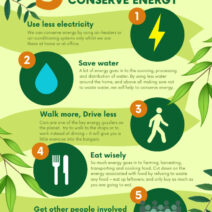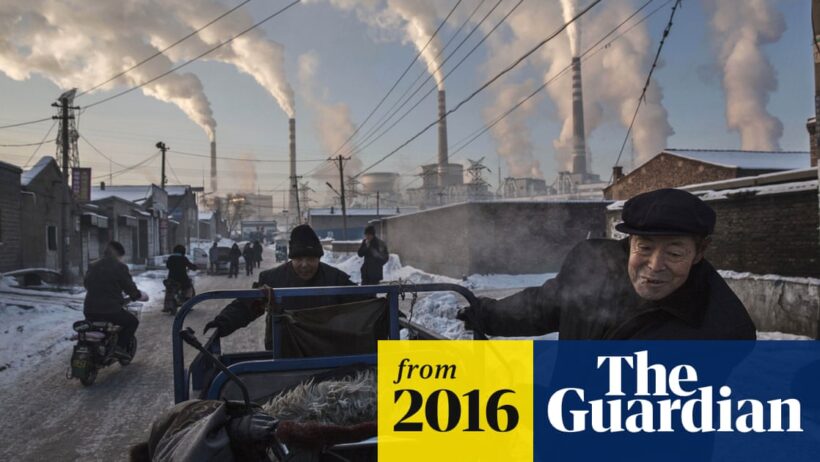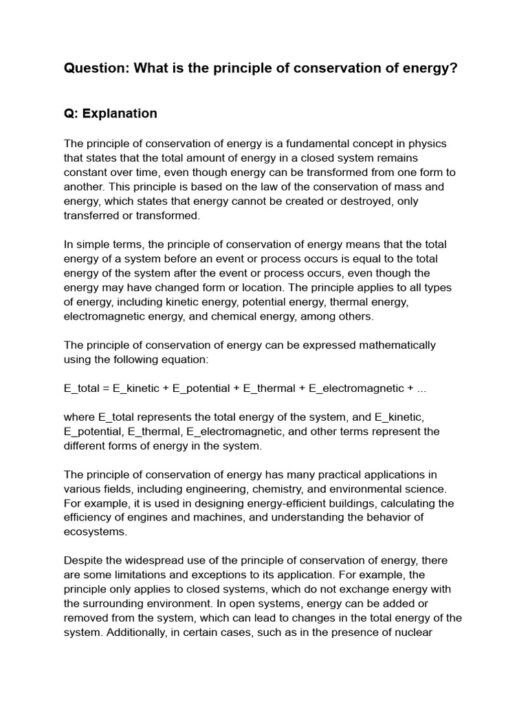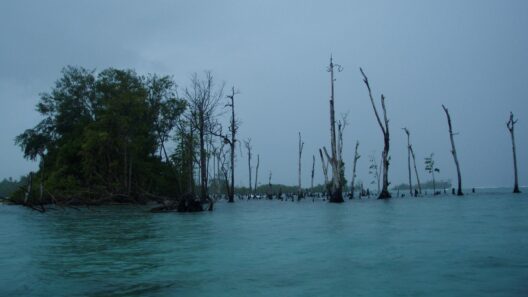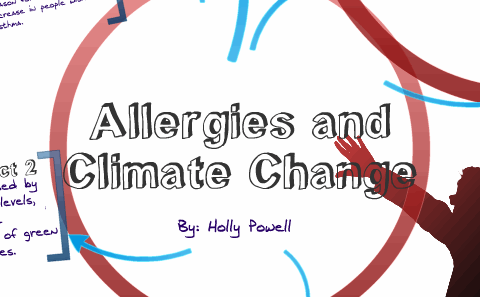Global warming, a pressing concern of our time, has led to numerous discussions and misconceptions about its impact on winter weather patterns. Some individuals assert that a warming climate may lead to harsher winters, while others argue that milder conditions will prevail. This article seeks to untangle these myths surrounding global warming’s effect on winter weather, elucidating the intricate dynamics at play.
Firstly, it is crucial to comprehend the fundamentals of climate change. The term “global warming” specifically refers to the long-term increase in Earth’s average surface temperature due to rising levels of greenhouse gases, such as carbon dioxide and methane. While one might assume that a warmer world would simply dictate warmer winters, the reality is multifaceted. Climate change influences weather systems in ways that can lead to both extremes, including the likelihood of colder, more severe winters in certain regions.
The Polar Vortex Phenomenon
One significant element that can lead to harsher winters in some areas is the behavior of the polar vortex. The polar vortex is a large area of low pressure and cold air surrounding the Earth’s poles. During the winter months, this vortex can become unstable due to various factors, including warming temperatures in the Arctic. When the polar vortex weakens or shifts, it can send frigid Arctic air southward, resulting in severe cold spells and extreme winter conditions in mid-latitude regions.
This phenomenon can seem paradoxical, as a warming planet can contribute to colder winter weather in certain scenarios. The relationship between the polar vortex and global warming is complex; as the Arctic warms at a significantly faster rate than the rest of the planet, its impacts on weather patterns across the globe become more pronounced. Episodes of severe winter weather may become more frequent, raising questions about how to reconcile these occurrences with the broader trend of global warming.
Changes in Atmospheric Circulation
In addition to the polar vortex, global warming also alters atmospheric circulation patterns. The distribution of heat across the globe is essential for maintaining stable weather systems. Increasing temperatures create changes in these patterns, impacting how air masses move and interact. For example, the jet stream, a high-altitude air current that influences weather in the Northern Hemisphere, can become more erratic as a result of climate change.
A weakening of the jet stream may lead to a phenomenon known as “blocking,” where high-pressure systems can stall, allowing cold air to linger over specific regions. This can lead to extended periods of cold weather in winter months, dispelling the notion that global warming equates to consistently mild winters. The implications of shifting patterns can create both regional variability in winter conditions and prolonged cold spells, underscoring the complexity of climate change.
Regional Differences
Understanding the localized nature of climate change impacts is essential. Global warming does not yield a uniform response across the globe; rather, it engenders a mosaic of weather conditions. While certain regions may experience milder winters, others can encounter intensified cold events. For example, the northeastern United States has grappled with severe winter storms in recent years, despite the overarching trend of global warming. This variability can bolster misconceptions if one only considers the immediate effects rather than the broader climatic shifts occurring.
Altered Precipitation Patterns
Global warming also influences precipitation patterns, leading to increased moisture in the atmosphere. Warmer air holds more water vapor, which can result in heavier snowfall during winter months. While winter temperatures may not be as cold as they once were in some areas, the potential for significant snow events increases. This paradoxical outcome surfaces as yet another example of how global warming complicates our understanding of winter conditions.
Moreover, the diurnal temperature range—comprising daytime and nighttime temperatures—can affect how snowfall occurs and persists across landscapes. Milder daytime conditions might seem like an indication of changing winters, but at night, temperatures can drop significantly, creating conditions conducive to snowfall accumulation. This intersection of temperature and moisture leads to unique winter experiences, dispelling the monolithic view that global warming results in only warmer winters.
The Role of Sea Ice
Sea ice diminishment, particularly in the Arctic, plays a pivotal role in shaping winter weather patterns. The retreat of sea ice affects ocean circulation and can subsequently influence the overlying atmosphere. As sea ice diminishes, the heat exchange between the ocean and atmosphere becomes more pronounced, leading to changes in weather patterns on a global scale. The resultant alterations can contribute to various winter outcomes, ranging from prolonged cold spells to milder conditions in different parts of the world.
Furthermore, this ongoing cycle reveals the intricate interconnections between the Arctic and more temperate regions. Warming in the Arctic does not act in isolation; its impacts reverberate across the globe and manifest in ways that can lead to extreme weather events. Understanding these complexities helps demystify the relationship between global warming and winter weather patterns.
Conclusion
In conclusion, the relationship between global warming and winter weather is nuanced and multifaceted. While increased average temperatures suggest milder winters, the reality is far more intricate. Factors like changes in polar vortex stability, atmospheric circulation dynamics, regional variability, altered precipitation patterns, and diminishing sea ice unveil a rich tapestry of interactions. This complexity illustrates that climate change encompasses a breadth of potential weather outcomes that can lead to harsher winters in certain regions, despite an overall trend of warming. Debunking the myths surrounding this topic fosters a deeper understanding of how we must adapt to the evolving climate and its unpredictable impacts on winter weather.

